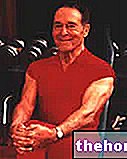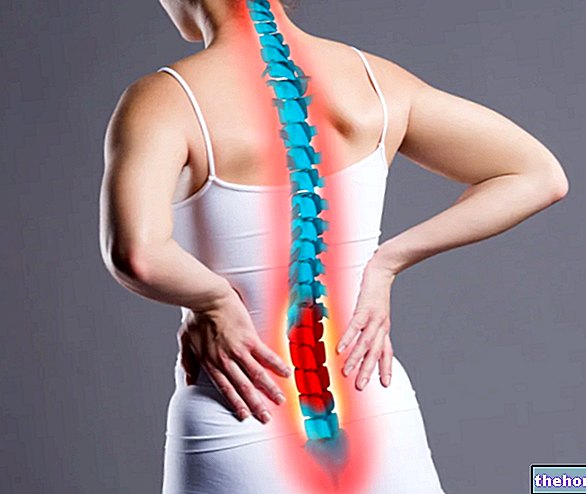Edited by Doctor Maurizio Cancenda
Correct posture does not mean much if the state of maturity, situation, emotional resources and physical conditions of the individual are not taken into account. It is linked to emotional growth and learning and cannot be acquired with simple mechanical exercise. based on effort.
Learning consists in recognizing a relationship in the total situation (environment, mind and body).
Exploring the possibilities of moving and acting that our body has, in the enormous number of possible muscle contractions, we slowly learn to recognize and feel the positions that have a relationship with the external world of which our body is a part.
For these reasons "it is wrong to tell a child to sit upright, if he does not do it alone it is because he has already been led astray from an appropriate development; then something must be done to make him feel good only in the right posture. Goading or punishing they can only alter or deform the emotional pattern, forcing the child to hide the symptom that is the cause of his problems.
As we know, the posture is largely regulated by the extrapyramidal system, therefore by an "automatic program".
The voluntary muscles responding to our intention will also react at the same time to the orders of the other unconscious parts of the nervous system. Under normal conditions, automatic control operates, although voluntary control can come at any desired time. When "action as fast as possible is needed, such as when there is a danger of falling or a sudden threat to survival," then the automated system will do all the work before we have time to figure out what is happening.
In this context, another aspect considered by Moshe emerges: the biological aspect of posture understood as a way of survival.
As long as we consider the standing and sitting position as static positions it is difficult to describe them so that they can be improved. We have to place the description within a dynamic context. From a dynamic point of view every stable position is part of a series of positions that constitute a movement.
According to Moshe Feldenkrais, human posture must satisfy two equally important biological needs: stability (feeling protected and safe) and mobility (the ability to cope with new and unexpected situations).
However, it refers to "action and not to the maintenance of a static position. Since it implies" putting into effect ", Moshe prefers to use the term" actura "and in observing it he does not ignore the context of the action.
Get out of the perspective of correction: there is no ideal posture
In the Feldenkrais Method® there is no ideal posture, there is a personal posture.
During the lessons the teacher does not demonstrate the movements to be carried out or the positions to be assumed and the pupil does not try to conform to an ideal model.
Each person is verbally guided to find the most suitable movements for their organization.

In most cases the person at the beginning does not know and does not feel that his posture is inefficient or improper, unless someone makes him observe it from the outside or does not feel osteo-articular or muscular pains. For this reason, improving an "incorrect" posture is an "impossible task if you do not make the person aware and make them feel that other ways of standing and moving are possible. And that these ways can be more pleasant, easier. and even more aesthetic for her.
Comfortable posture and conscious automatisms
The elements that allow us to define an "efficient" posture are according to the Feldenkrais approach:
• the absence of effort;
• the absence of resistance;
• the presence of reversibility;
• free breathing.
"If we were to increase the degree of awareness of muscular effort when muscles are working by voluntary action, we could recognize muscular efforts which, due to habit, are normally hidden from our conscious mind.
If we could free ourselves from such unnecessary efforts, we would more clearly recognize the ideal stable position. Then we would have returned to the stage where all conscious muscular effort to maintain balance disappears, as this balance is only maintained by the older parts of our nervous system, which will find the best possible position compatible with the inherited physical structure of the individual.
A good standing position is one in which a minimum of muscular effort will move the body with equal ease in any desired direction.
In the standing position there must be no muscular effort resulting from voluntary control, no matter whether this effort is known and deliberate or hidden from consciousness by "habit".
Moshe's words underline his "comfortable" conception of posture, very far from the static one of "standing straight" through effort and will.
Other articles on "Feldenkrais® method and posture - second part"
- Feldenkrais and posture
- Feldenkrais® method and posture - third part
- Educate the sitting posture
- Feldenkrais ® method and posture - fifth part




























